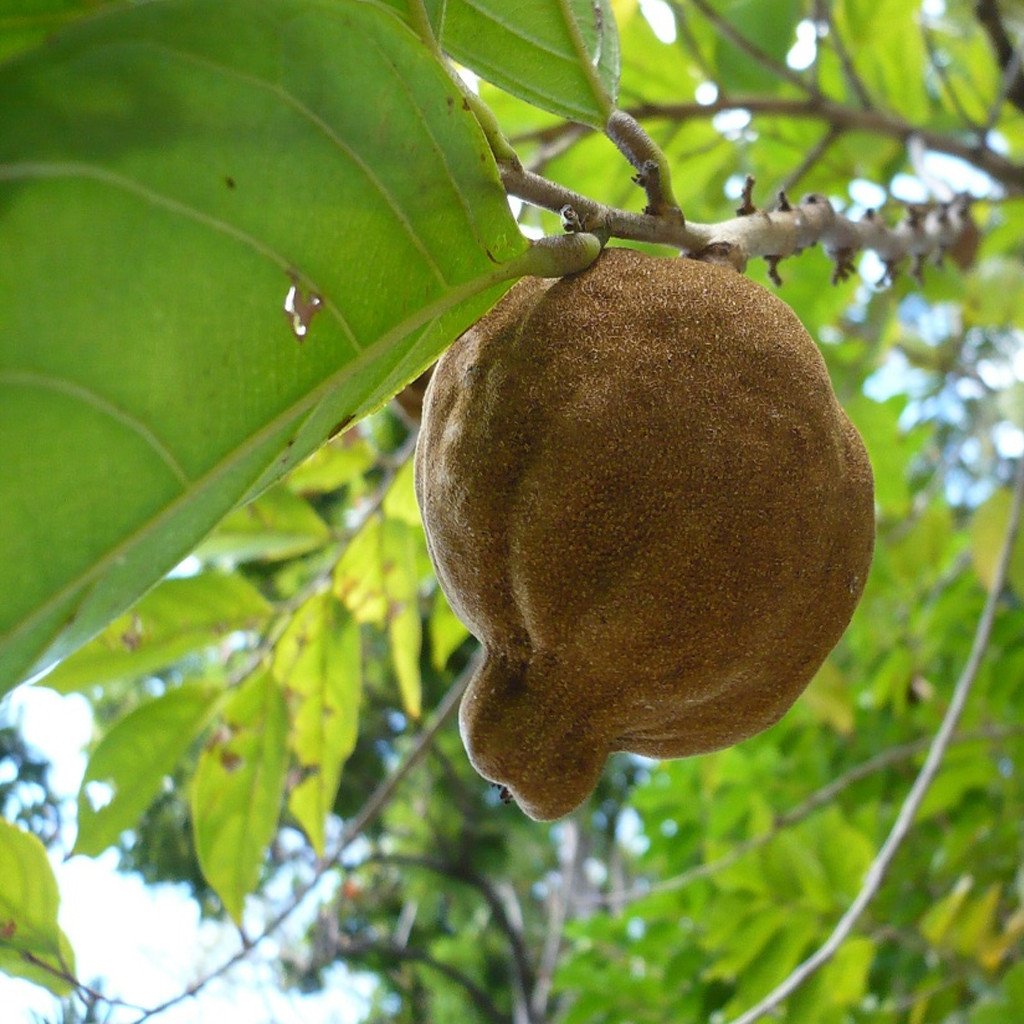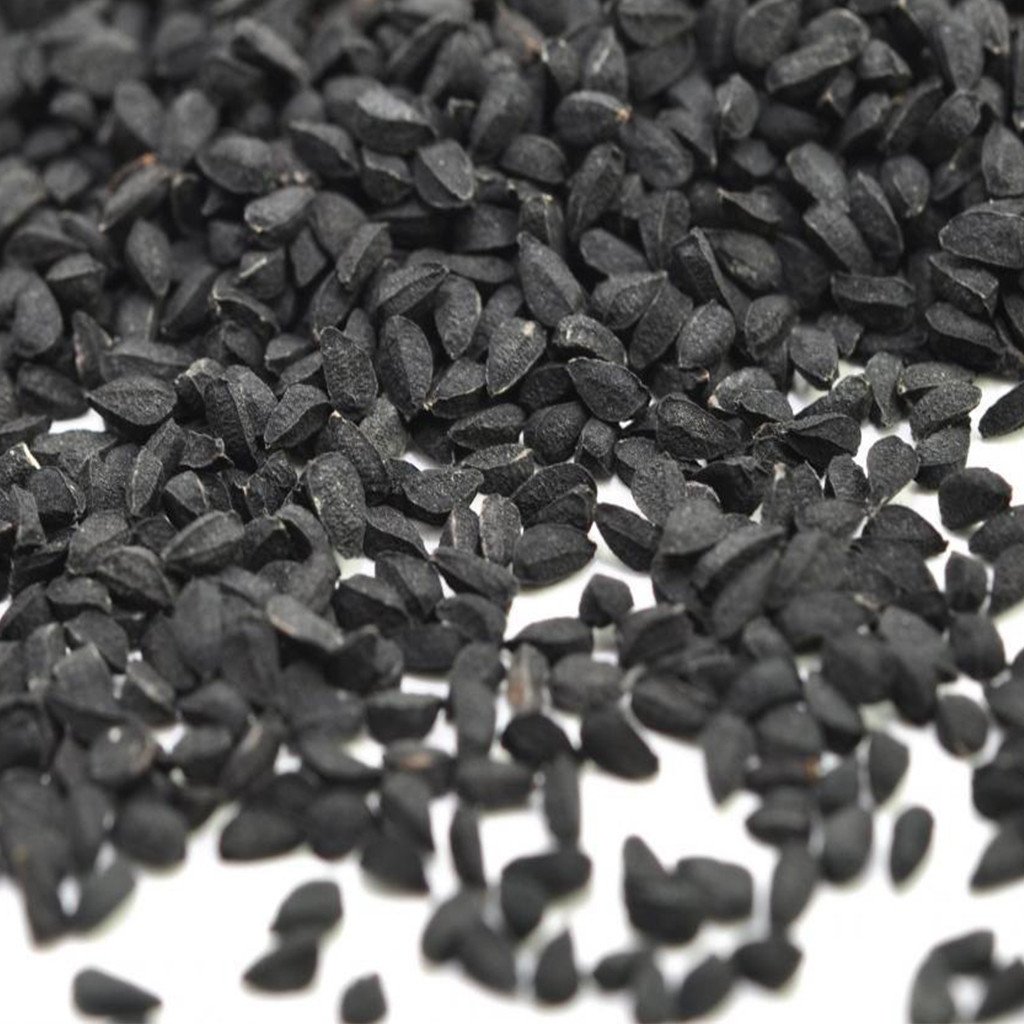Calamus Oil
Plant Part : Root
Extraction : Steam Distillation
Origin : India
Product Description:
A perennial plant, Calamus Root grows to a height of 1m with a spread of 0.5m. The rhizome is horizontal, creeping, cylindrical, branched and up to 2m long, with a spicy aroma; the fruit are greenish berries. Indigenous to the northern hemisphere, it prefers lake margins, swampy ditches, or marshes in a protected position. It is frost resistant, but drought tender.trunk; a soft, thick, spongy, whitish, ash-colored bark; and scattered branches, with the slender twigs often drooping as completely as in the weeping willow (Salix Babylonica). The leaves are alternate, most frequently vertical, short-stalked, narrow- lanceolate, while young, sericeous, sometimes slightly falcate, entire, from 3 to 5 inches long, and from 1/2 to 3/4 of an inch broad; and very aromatic when bruised.
Product Color:
Yellow to yellowish brown slightly viscous liquid.
Common Uses:
The chemical constituents of Calamus Root Oil make it a stimulant for the brain and nervous system. It is used to promote cerebral circulation, and to help manage a wide range of symptoms including neuralgia, epilepsy, memory loss and shock.
Blends Well With
Lavender, Tea Tree, Rosemary, Clary Sage, Geranium and Marjoram.
History
Calamus Root, also known as Sweet Flag, was well-known in Biblical times and mentioned in Exodus 30: 22-25 as one of the ingredients of the ‘holy anointing oil’. This herb has traditionally been smoked, eaten, or brewed into a tea, decoction, extract, tincture and syrup. Widely used north of the equator, Calamus was used by the ancient Greeks, throughout Europe as a medicinal, and by the aboriginal peoples of North America. In the British Isles, its insecticidal and antimicrobial properties made it a favourite to use for thatch. In Ayurvedic tradition, where it is known as Vacha, it is still used as an aphrodisiac.
Caution:
Caution is advised on the use of this essential oil, since large doses can cause mild hallucinations. The essential oil in the roots of this plant contains the compound asarone. This has tranquillizing and antibiotic activity, but is also potentially toxic. Use well diluted and avoid during pregnancy.




